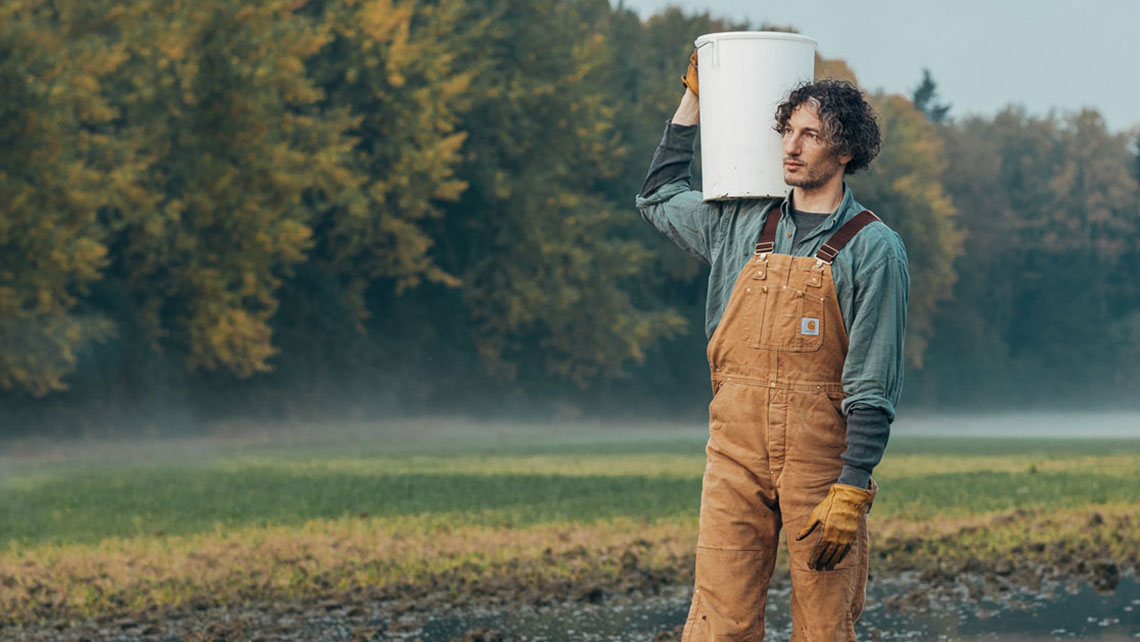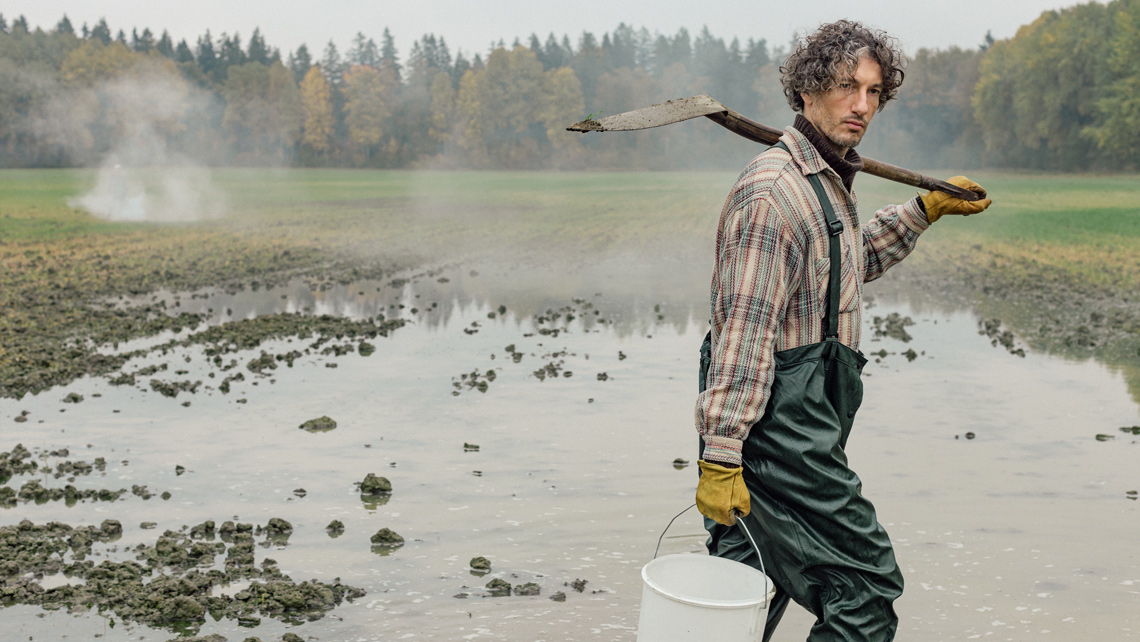Before we jump into the role of water management in the circular economy, you might be wondering, what exactly is the circular economy? The circular economy means moving away from today’s linear model of production and consumption based on “take, make, waste” ─ people take resources from the environment, make and use goods, then waste resources by throwing them away. In this linear model, the lifecycle of most resources is cradle-to-grave. And as global consumption grows, this model puts significant pressure on our planet and, ultimately, reduces our shared natural resources.
By contrast, a circular economy has no beginning or end. Resources are used more efficiently and for as long as possible. When their useful life is over, they are renewed or put to a new purpose. The lifecycle is cradle-to-cradle by design. It significantly improves resource efficiency.
Improving an already circular system
Of course, the water cycle is already circular. Cycle is in the name. So, if you’re operating a wastewater treatment plant, you might be wondering what else you can do. How does water treatment play a role in the circular economy?
At Kemira, we take our cue from the United Nations Sustainable Development Goals (SDGs), a global roadmap for sustainability and prosperity based on 17 interlinked goals. UN SDG 12 is dedicated to sustainable consumption and production.
Based on the principles of SDG 12, we believe there are several ways to make water management even better: designing out waste, keeping products and materials in use, and regenerating natural systems.
Read more about SDG 12 at Kemira.
Design for low or no waste
While many aspects of water treatment do indeed reflect the cyclical nature of water, municipal water operators that adopt a circular mindset by designing for low or no waste can open the door to new opportunities. We see one area of interest for wastewater treatment plants (WWTPs) in particular: biogas from sewage sludge.
“Biogas is becoming an increasingly valuable byproduct of the wastewater treatment process. Using a byproduct to power the process creates a circular economy. It can also be a source of additional revenue for the plant,” explains Ricardo Colon, one of Kemira’s advanced water treatment experts. Biogas production will lower waste while enabling WWTPs to become more energy self-sufficient.
Using a byproduct to power the process creates a circular economy.
Another way to lower waste is to implement smart water treatment technology. Real-time, automated processes optimize resource use.
Making the most of all materials
When designing for the circular economy, water treatment facilities can also identify ways to collaborate across industries to recycle and reuse.
Consider this. 70–80% of all raw materials used in Kemira’s coagulant manufacturing are recycled by-products from other industries. In Finland, we have even gone a step further and started mining a landfill that contains several million tons of ferrous sulphate raw material. In other words, we are putting 30 years of industrial by-product back to use.
But you don’t need a landfill nearby to find opportunities. Perhaps something that hits closer to home for some WWTPs is water reuse. This, too, is an example of keeping a resource in use. WWTPs can distribute purified water for irrigation and other purposes instead of returning it to natural waterways. This would help certain water-stressed communities that are battling more frequent and severe droughts due to climate change.
Regenerating natural systems
The circular economy must consider natural systems and design with regeneration in mind. WWTPs already do this by ensuring effluent is safe for local waterways. But we can think of at least one other area worthy of attention and that’s nutrient recovery and recycling – particularly phosphorus. Farming and forestry often deplete soils of nutrients. Sludge from WWTPs is full of phosphorous; why don’t we capture it and put it back in circulation? Not only does it regenerate the soil, it supports sustainable food production by restoring soil quality and reducing reliance on phosphorous from mines.
Collaborating for a circular economy
At Kemira, we believe there are many opportunities for water treatment facilities to contribute to UN SDG 12. Collaboration across the supply chain will be key. At Kemira, we’re integrating circularity into our own strategy and working with water industry partners to make the most of our world’s shared natural resources.

